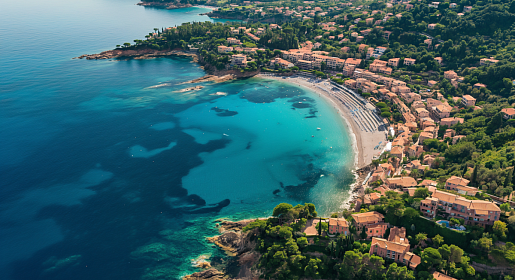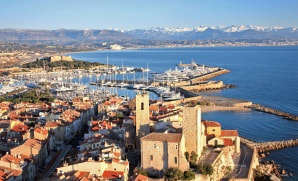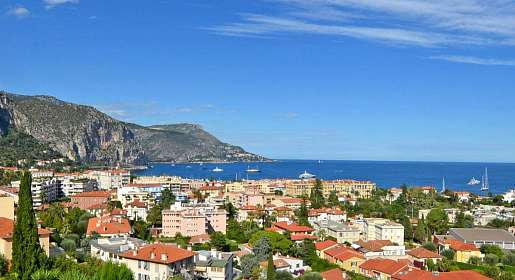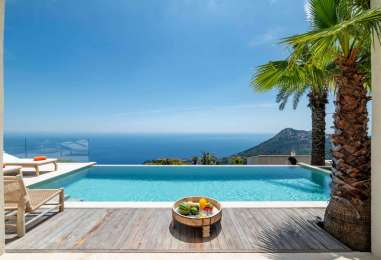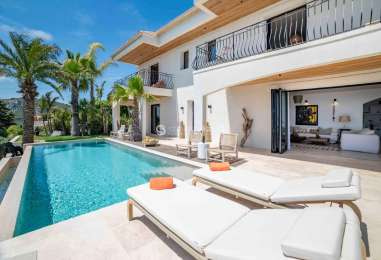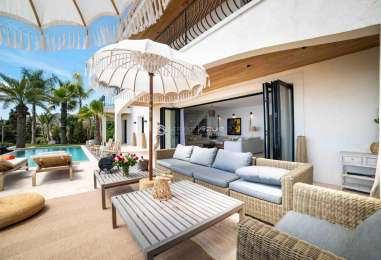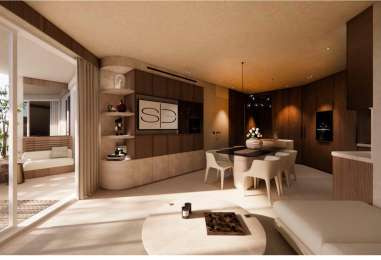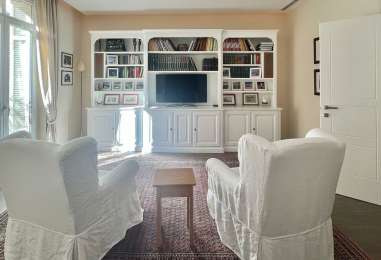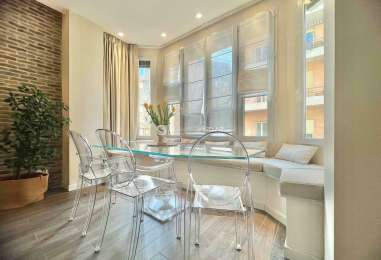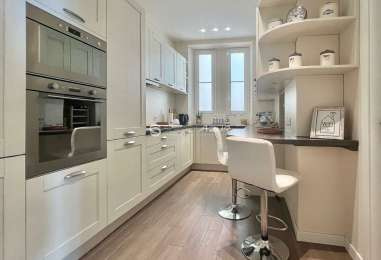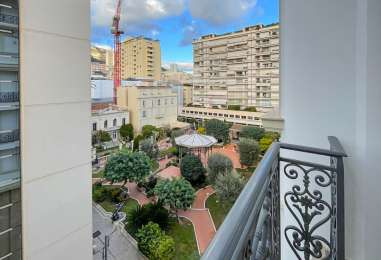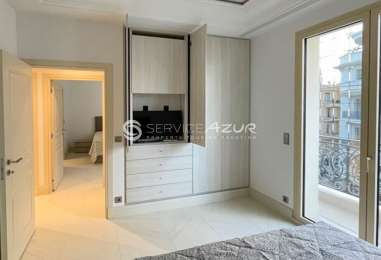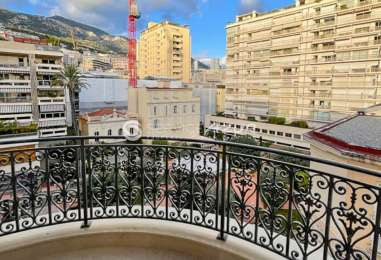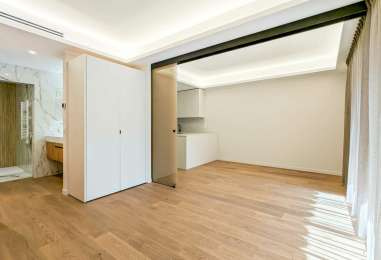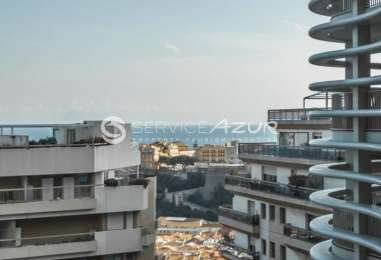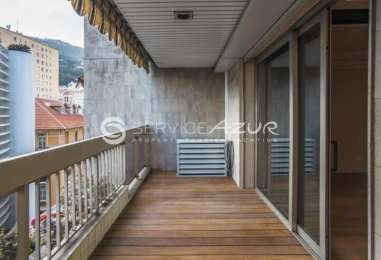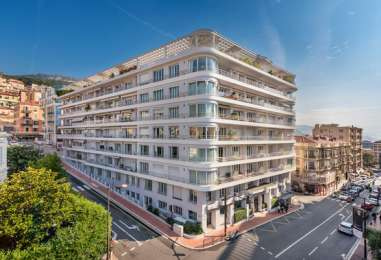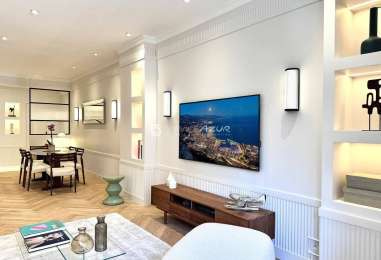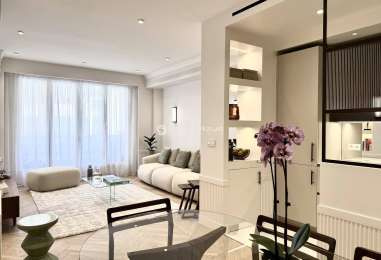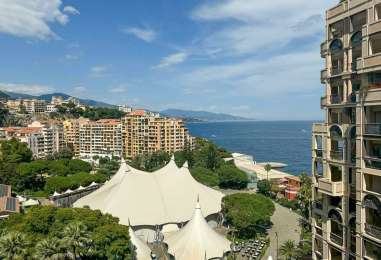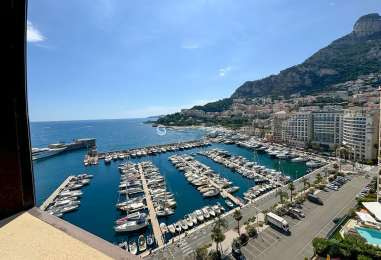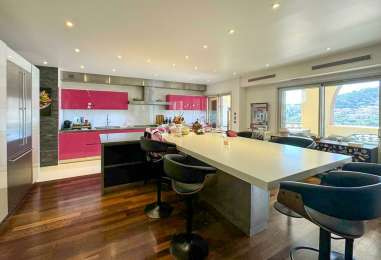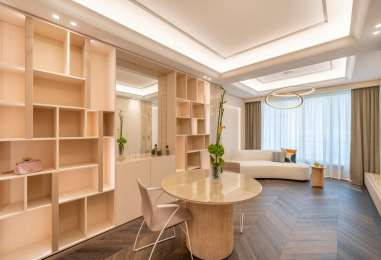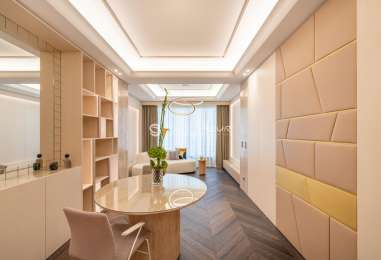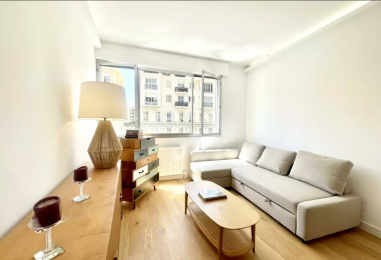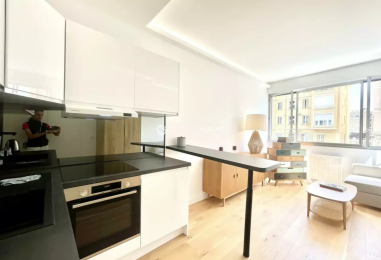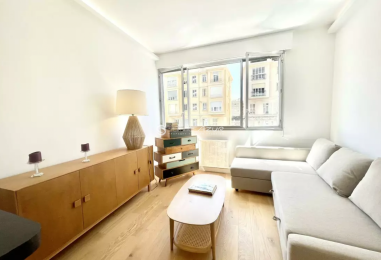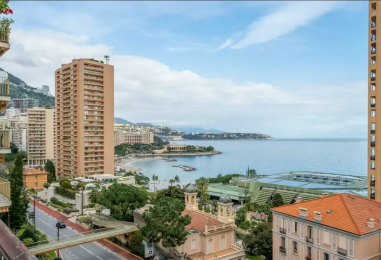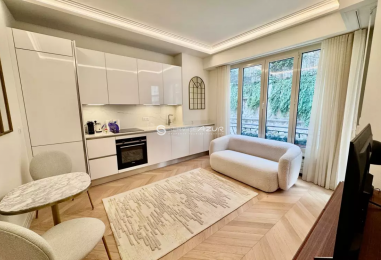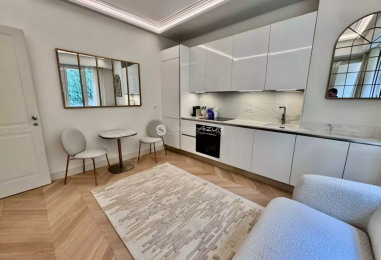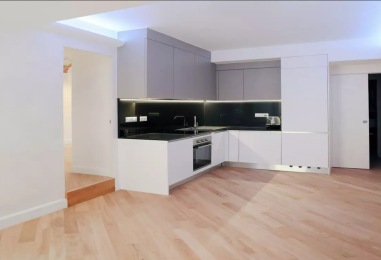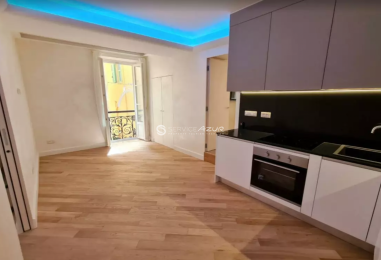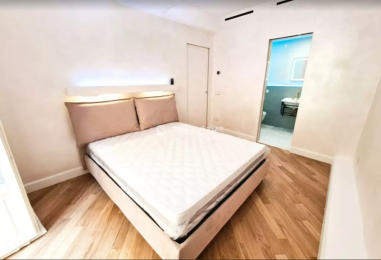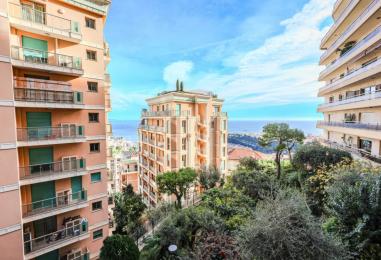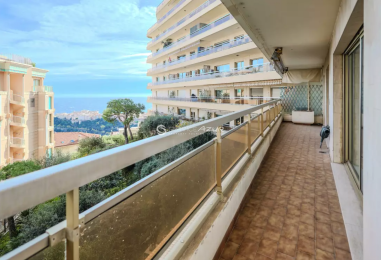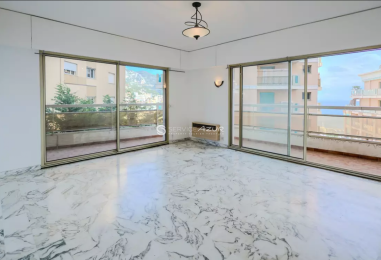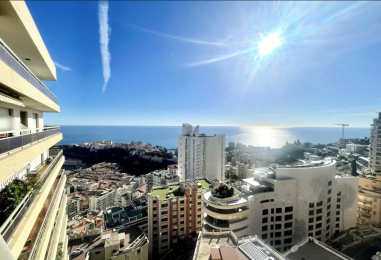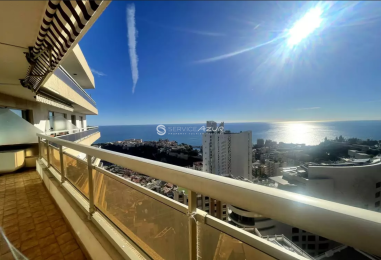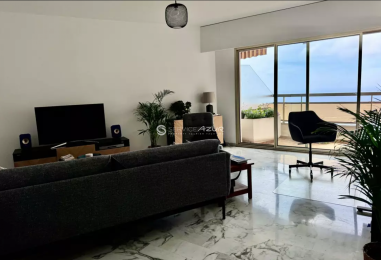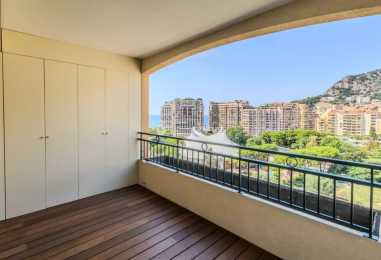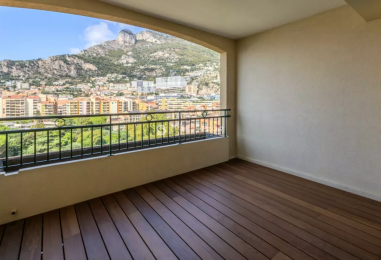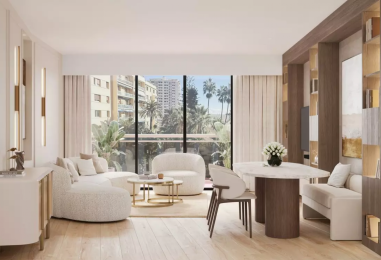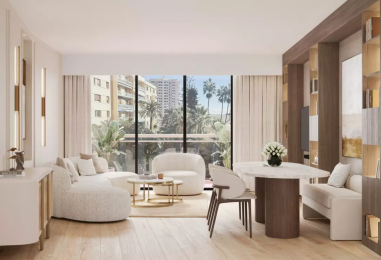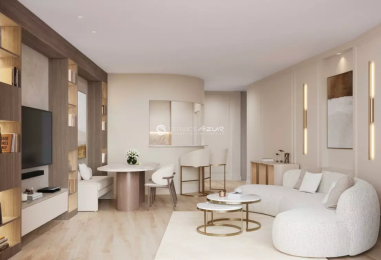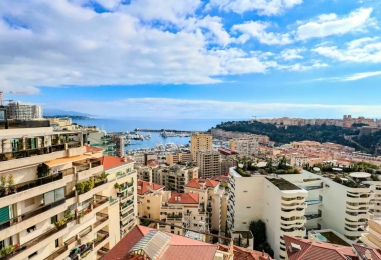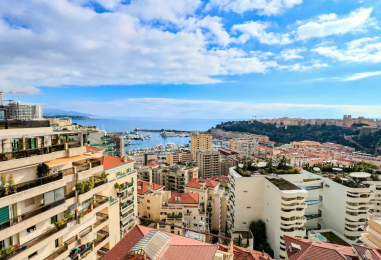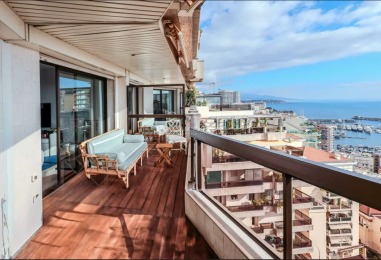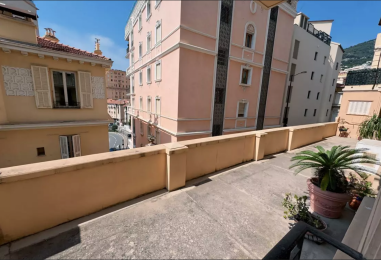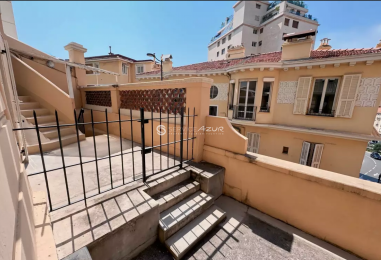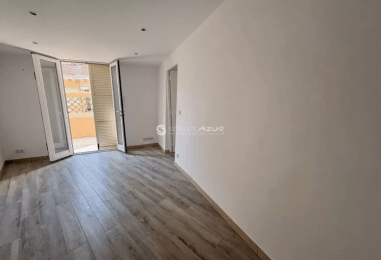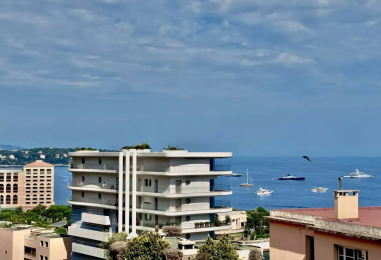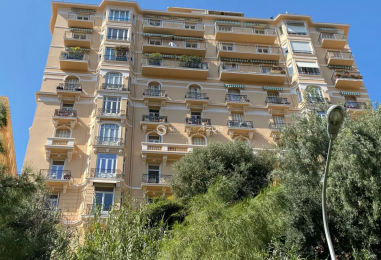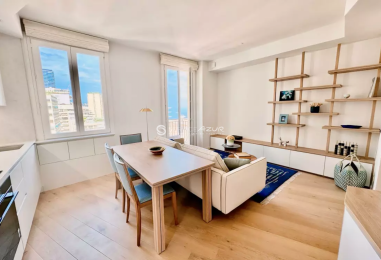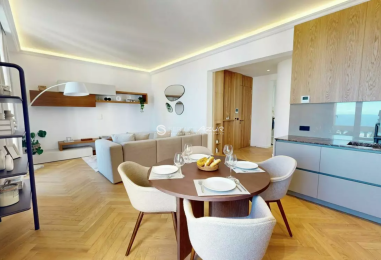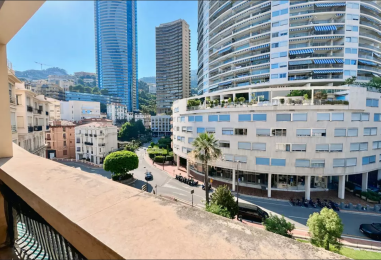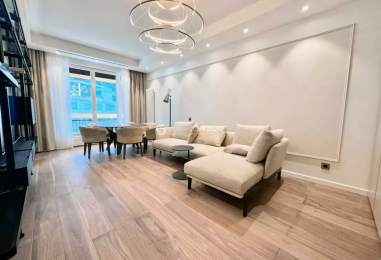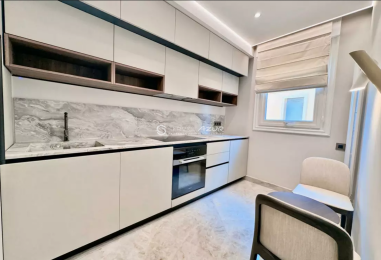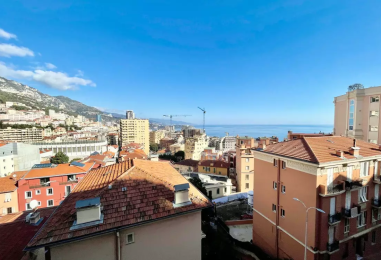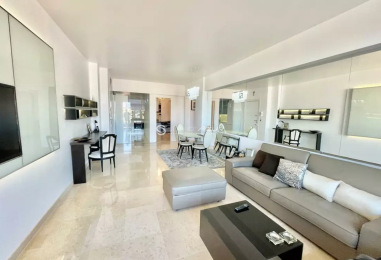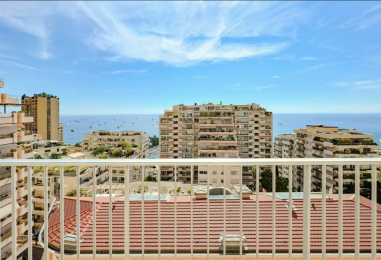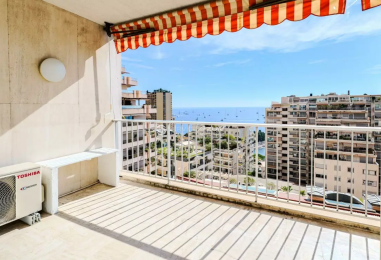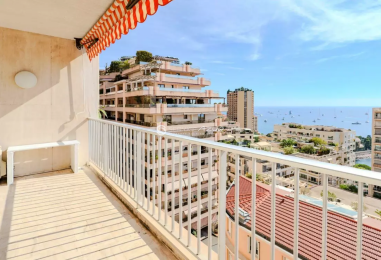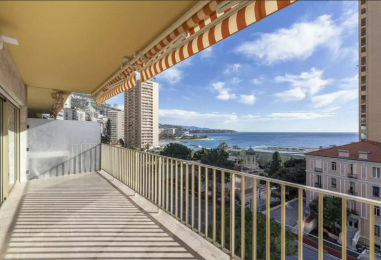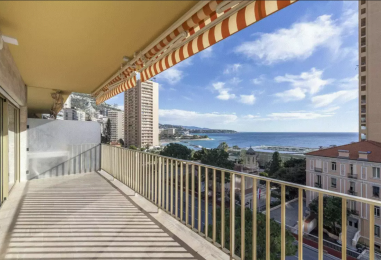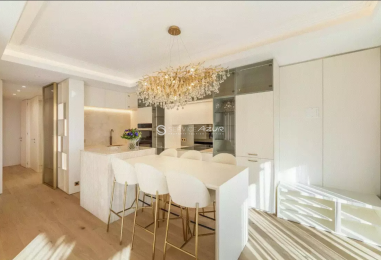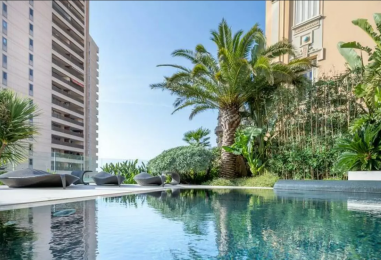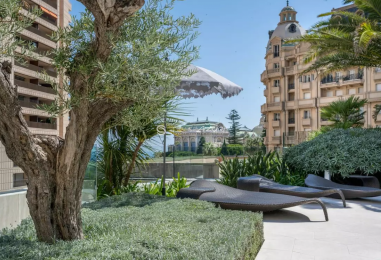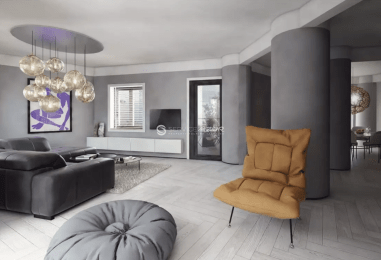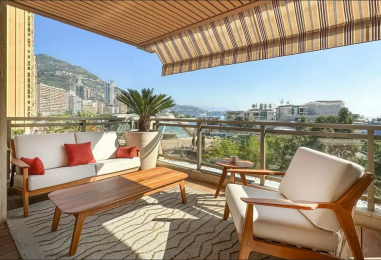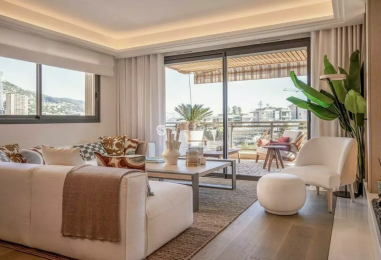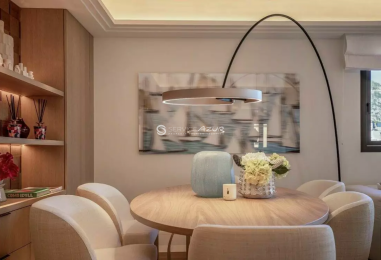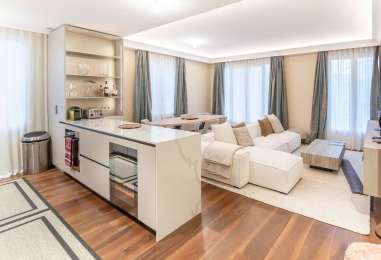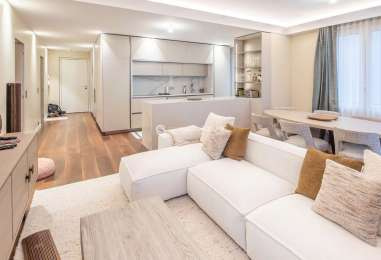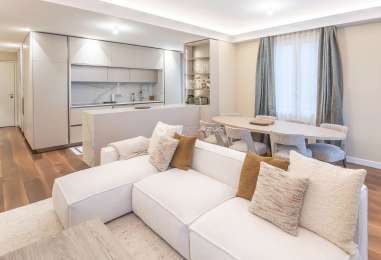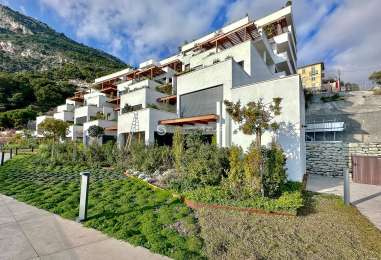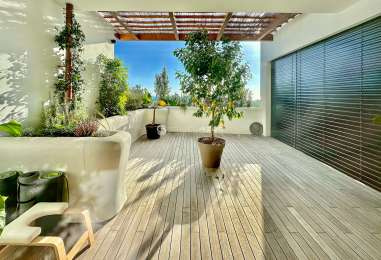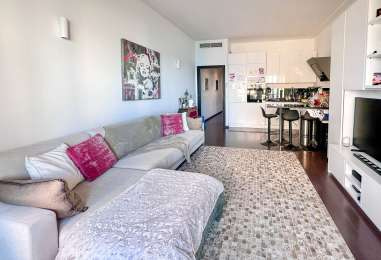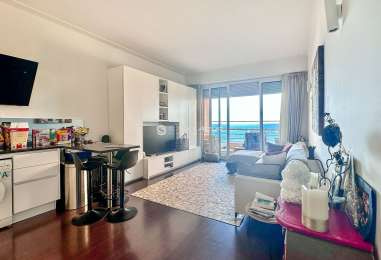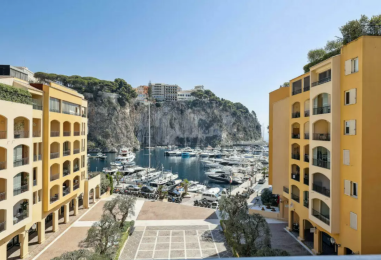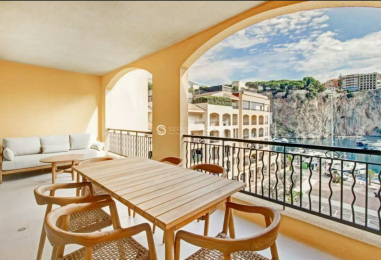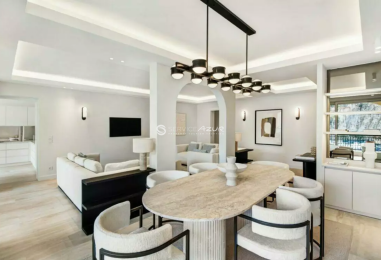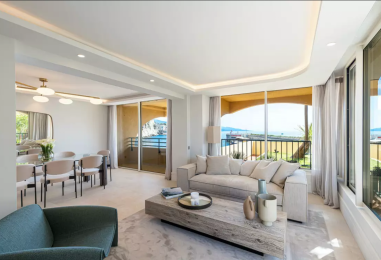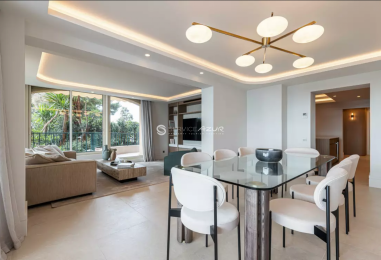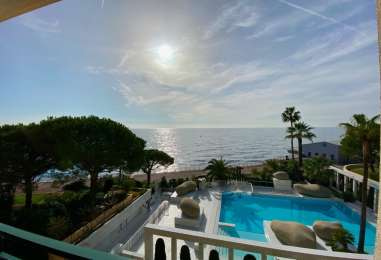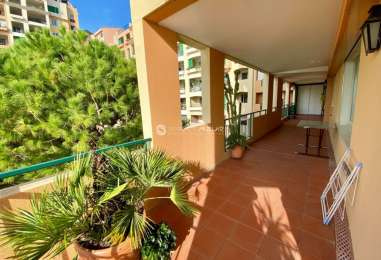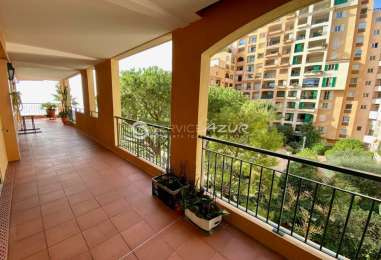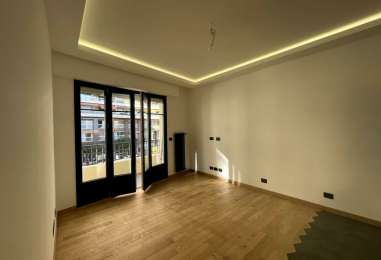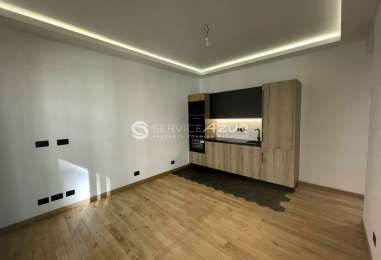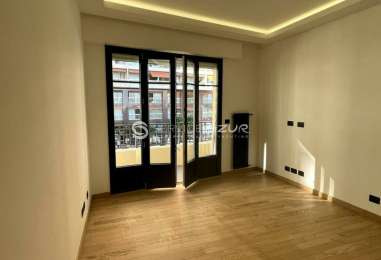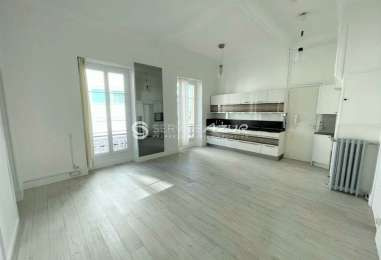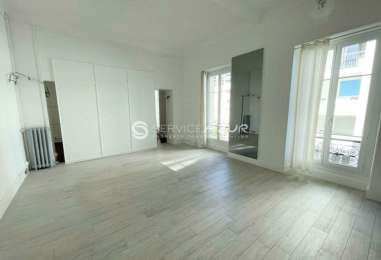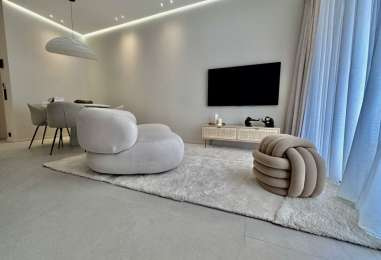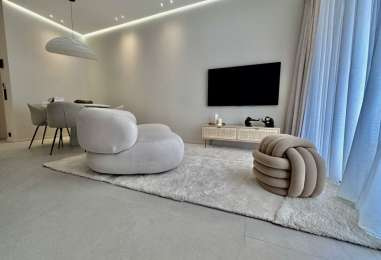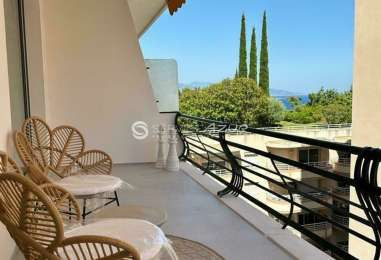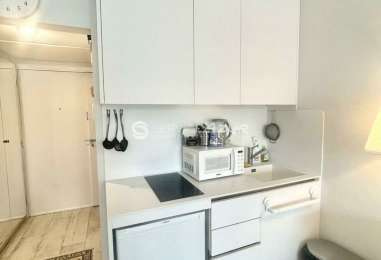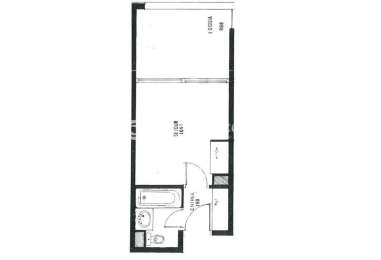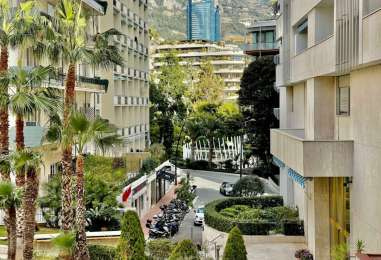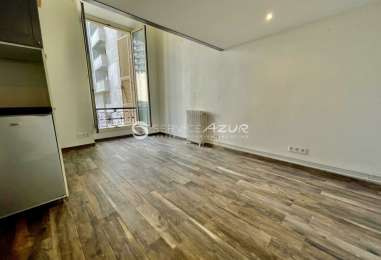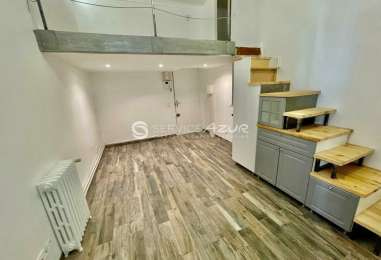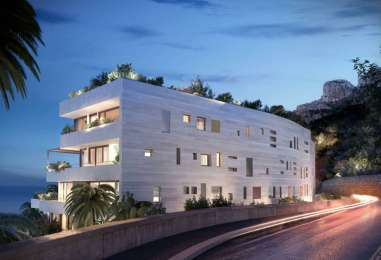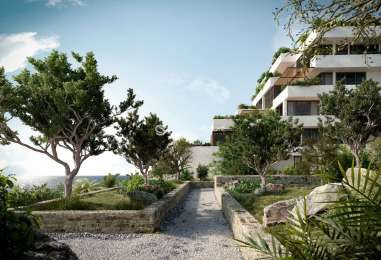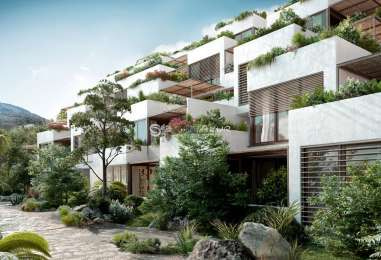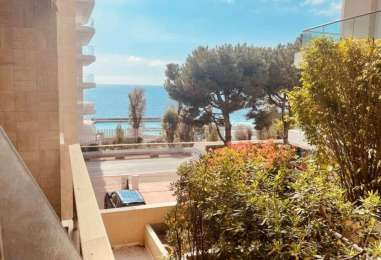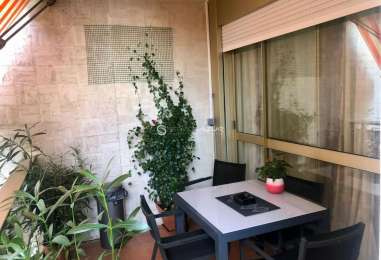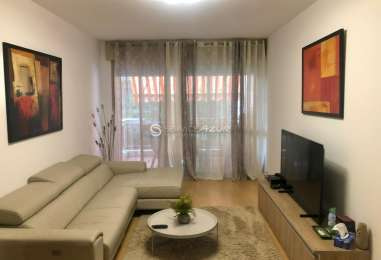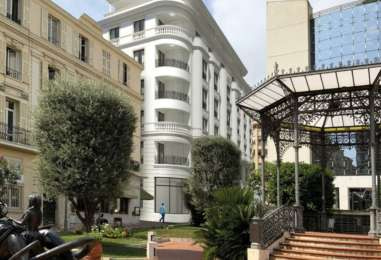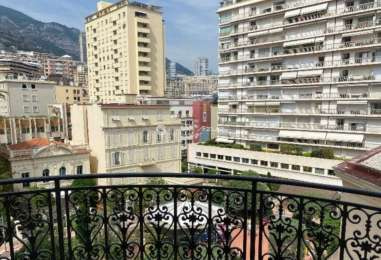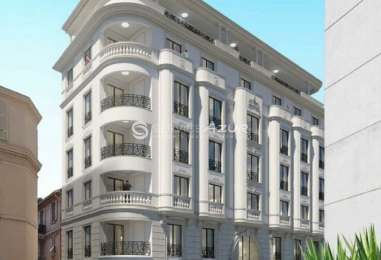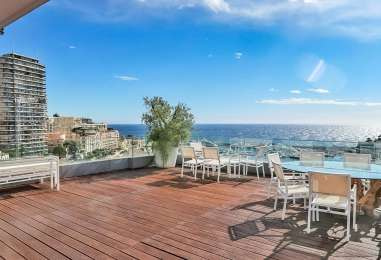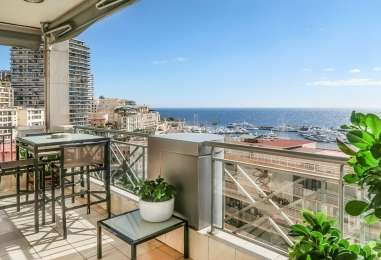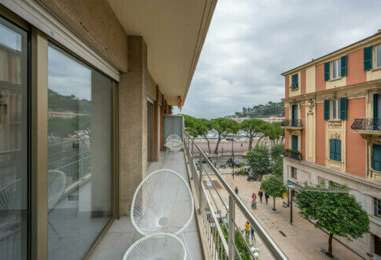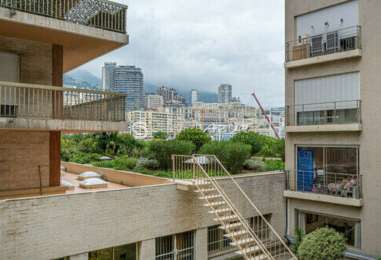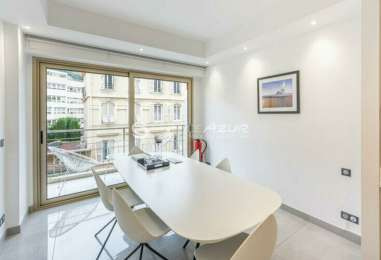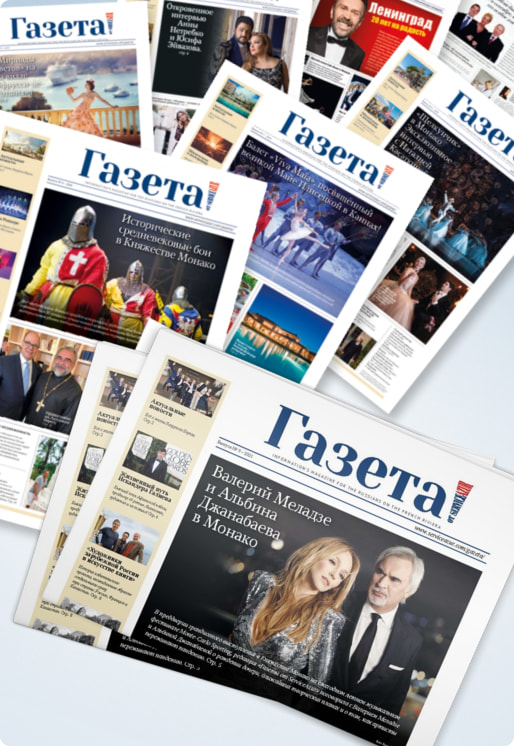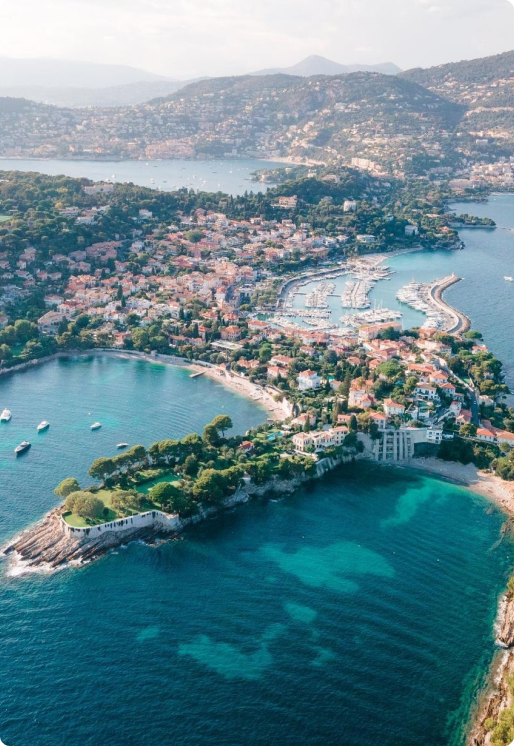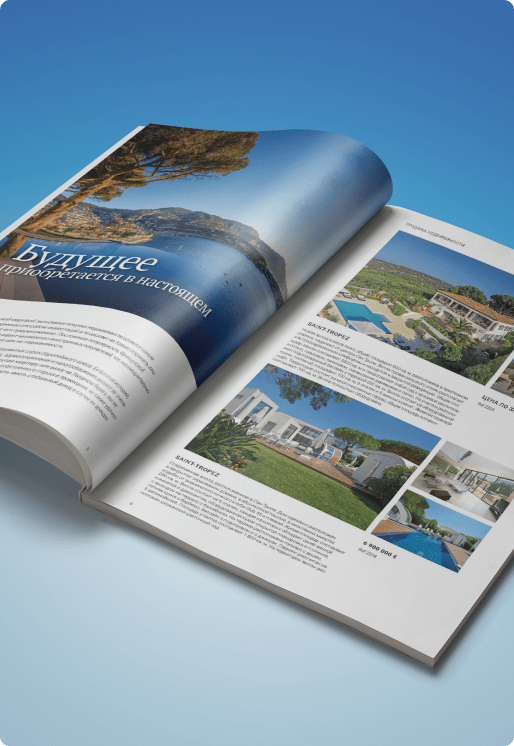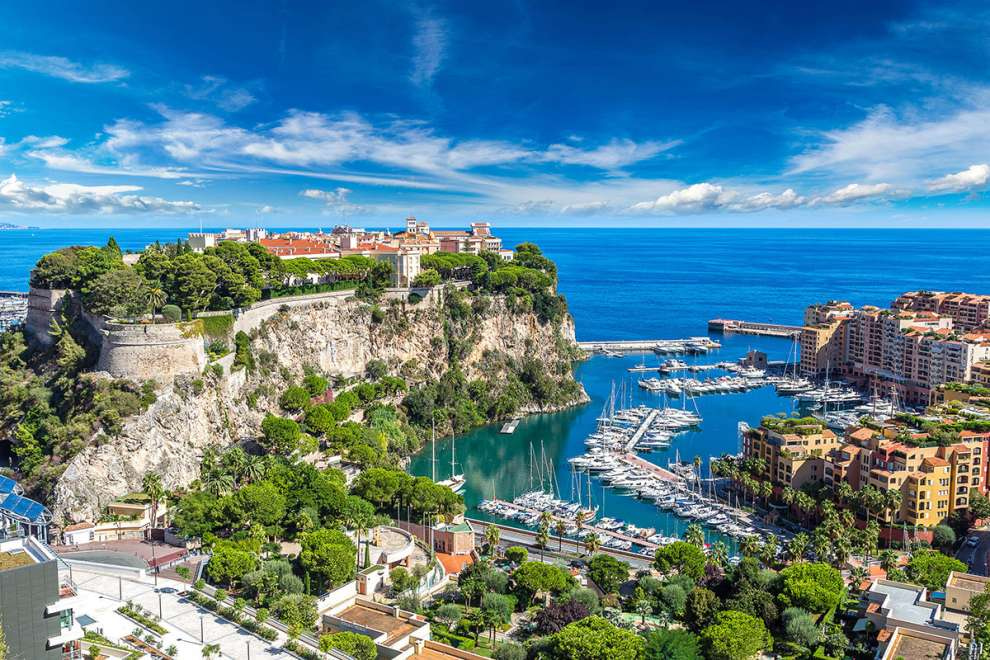
The entire territory of the Principality of Monaco is a rock overhanging the sea. It is known as a first-class tourist destination with a famous, luxurious casino. The Principality owes its fame and wealth to Their Highnesses Prince Rainier III and his late wife, Princess Grace, as well as its current ruler, Prince Albert I.
The name Monaco seems to be derived from the Roman «Portus Monoesi», the port of Hercules about which so many Mediterranean legends have been written. Monaco is a quiet port, a sun-warmed land, a true oasis of happiness. Monaco has the look of a big city. The Principality includes Monaco, the port quarter, the new town and Monte Carlo, the rock with its casinos and luxury hotels.
Archaeological discoveries around Monaco testify to its long history. The skeletons of the first inhabitants of the Mediterranean basin have been found in mountain caves. Cyclopean walls that once surrounded the old city have also been discovered in the hills. In those days Monaco was an impregnable fortress and a quiet harbor, protected, according to Virgil and Lucano, from all winds — from the west Zephyr and the east Evra. In 43 B.C. the troops of Julius Caesar, who waited here for the appearance of Pompey, who had taken refuge in Illyria, were assembled in the port of Monaco.
In the 12th century, the German emperor Frederick Barbarossa gave Monaco and the entire Ligurian coast to Genoa. At this time, the noble Ligurian Grimaldi family began to play an important role in the history of Genoa. The Grimaldi family was on the side of the Guelphs, and in 1295, when the Ghibellines came to power, it was forced to flee the country. François Grimaldi took possession of the Rock of Monaco by stealth: he managed to enter the fortress disguised as a monk. From then on, Grimaldi’s power over Monaco grew.
It is true that in 1509 Monaco falls under French rule, but as a result of the treaties of Burgos and Tordesillas (in 1512-1524) Grimaldi manages to achieve full autonomy for his small state. Its ruler became Senor Augustin Grimaldi, bishop of Grasse, who enjoyed the patronage of Charles V. In 1529 the emperor visited Monaco and spent 3 days in the princely castle. Later, the Princes of Monaco were under the patronage of France, but during the Great French Revolution, Prince Honoré III was deposed and died in exile in Paris.
After the Treaty of Vienna, Monaco falls under the protectorate of Sardinia and becomes an Italian territory. In 1860, the Principality again comes under the tutelage of the French government. Monaco experienced a brilliant period of prosperity under Charles III Grimaldi, who devoted his life to the renovation of the country. His son Albert I continued the work begun by his father and friendly relations were established with France.
It was then that Monaco gained fame as a tourist and cultural center. Recognition of Monaco continues to grow under the current monarch, His Highness Prince Rainier III. Among Monaco’s attractions, the first to be mentioned is the Grimaldi Palace, a symbol of the historic integrity of the Principality. The halls of the palace are a real museum, where you can see paintings by Giorgione, Holbein, Van Loo, Champagne, Rigo and other masters; Japanese furniture and artistic products of Venetian work; frescos of the ceiling, in the center of which the allegory «Good Glory bearing the Grimaldi coat of arms» is represented; the bed in which the Duke of York died in the late 18th century.
Also noteworthy are the Palace Archives and the Napoleon Museum, collections of coins minted in Monaco, and other exhibits reminiscent of Napoleon. On the outskirts of the city rises the Cathedral, Monaco’s most significant architectural monument. It was built between 1875 and 1884 by the architect Lenorman.
Also of interest are the Oceanographic Museum, the National Museum, and the Casino in Monte Carlo. The architecture of the casino building is a vivid example of the liberty style; the interior decoration of the halls is in the Baroque style.

